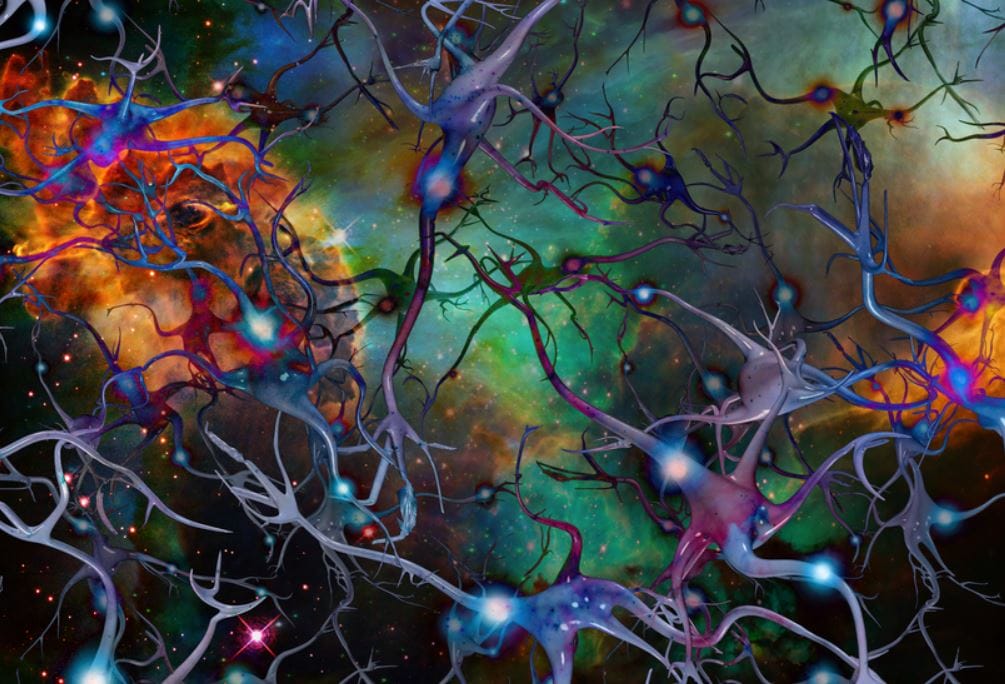Mexidol Use During Covid-19 Rehabilitation
June 27, 2021
Of course, the coronavirus infection has made significant changes in our lives. As shown by the medical practice, Covid-19 can become another cause of the development of neurological diseases [1]. Various lesions of the central and peripheral nervous system can be associated with Covid-19, such as:
- Encephalitide
- Meningitis
- Leukoencephalopathy
- Guillain-Barré syndrome
- Miller-Fisher syndrome
Doctors are also observing the development and progression of vascular diseases of the brain against the background of Covid-19.
The range of neurological complications associated with the Coronavirus is vast. Among other things, psycho-emotional disorders are especially noted: anxiety, neuroses, depressive states, phobias, which can haunt patients from the first days of the coronavirus infection, or manifest themselves after a few months.
Patients with these disorders require multidisciplinary treatment because the Coronavirus itself affects various organs. It is important to combine both pathogenetic and symptomatic therapy and rehabilitation, i.e. drug rehabilitation + physical therapy (for example, respiratory rehabilitation). The degree of recovery of patients who have undergone the Coronavirus infection, especially of moderate and severe course, depends on a number of factors, and above all on timely and competently carried out drug therapy and physical rehabilitation.
Providing pathogenetic therapy is critical for managing Covid-19 patients. One of its main directions is antioxidant and antihypoxant treatment in combination with the activation of neurotransmitter systems.
According to Doctor of Medicine and Professor Vitaliy Kovalchuk who has been specializing in medical rehabilitology for several decades, one of the most vivid examples of the complex treatment is the use of the drug Mexidol, widely known in Russia. Originally it was used in the treatment of acute and chronic diseases caused by ischemia and hypoxia of various origins. The Coronavirus infection has expanded the possibilities for the safe use of Mexidol for patients.

In this video also available on the official website of Mexidol, Dr Kovalchuk describes the extensive research that began in the red zone from the early days of the lesion. It lasted for 75 days. Patient groups, standardized against 18 indicators, were followed up after the discharge, at the stage of the outpatient treatment. All patients met the criteria for chronic cerebral ischemia, and underwent standard physical and drug rehabilitation. This drug has shown a statistically significant effect on the relief of asthenia, improvement of sleep and cognitive function. The ultimate goal of any rehabilitation is to improve the quality of life – and there were significant differences in this indicator in favor of the Mexidol group in terms of physical and social parameters.
Medicine is a huge area in which the specialist must constantly improve and update the level of their knowledge. Covid-19 has shown how little we know about initial therapy and patient rehabilitation. The amount of knowledge that doctors are now receiving and researching allows them to help patients and move in the right direction – improving the quality of life. Because often people do not suffer from the disease itself, but from its consequences and complications.
Do you believe that Nootropics have a potential in new areas, Covid in particular? Feel free to leave a comment on Reddit.



